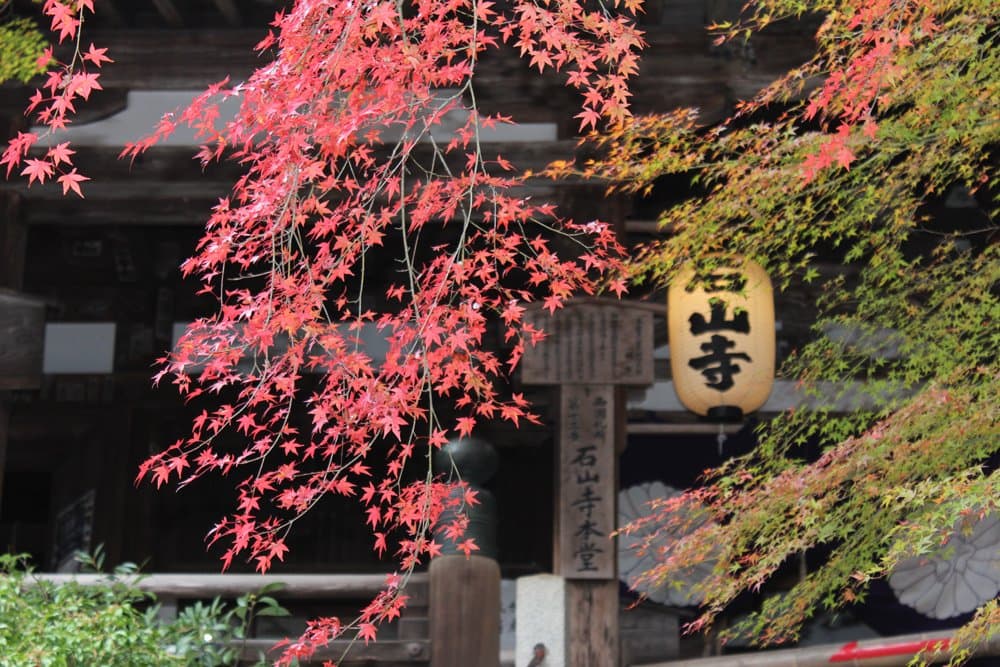
Ishiyama-dera Temple Otsu
A serene temple where 'The Tale of Genji' began, offering stunning seasonal beauty and ancient architecture.
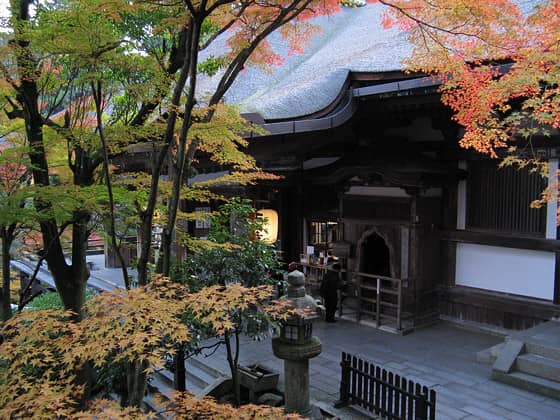
Highlights
Must-see attractions
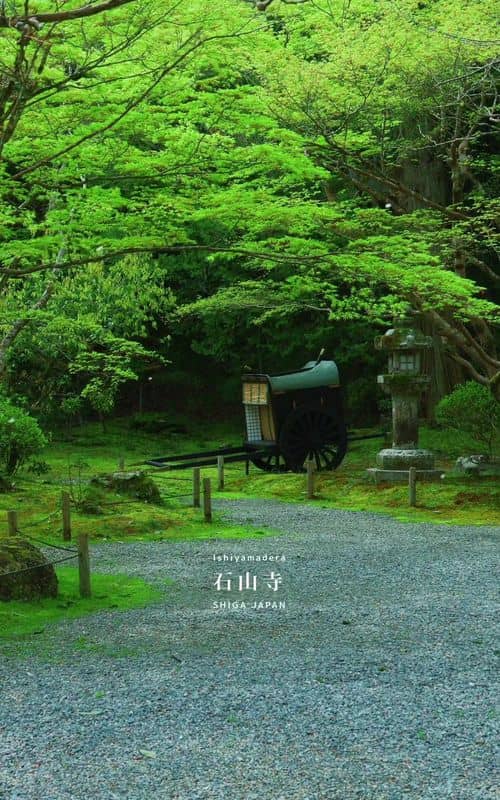
Social
From TikTok & Reddit
Best Time
See the 'Flower Temple' bloom

Ishiyama-dera Temple Otsu
Best Time
See the 'Flower Temple' bloom

Highlights
Must-see attractions
A serene temple where 'The Tale of Genji' began, offering stunning seasonal beauty and ancient architecture.
"An underrated temple in Shiga Prefecture, offering beauty and history beyond Kyoto's crowds."
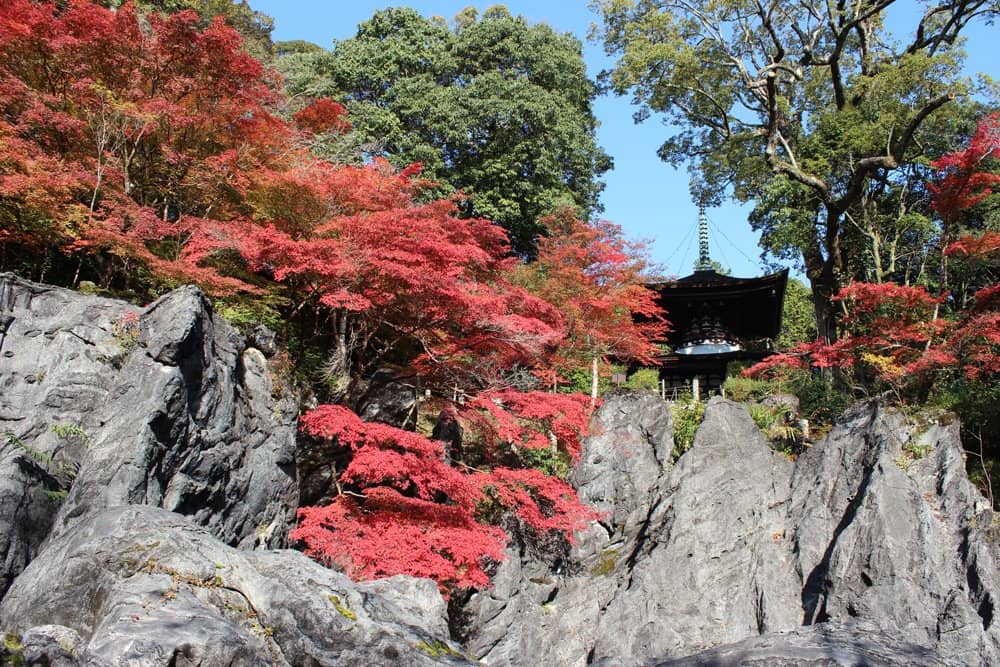
🚶♀️ Wear Comfortable Shoes
The temple grounds are extensive with many stairs and uneven paths.
🌸 Embrace Seasonal Beauty
Visit during plum blossom or autumn foliage for stunning scenery.
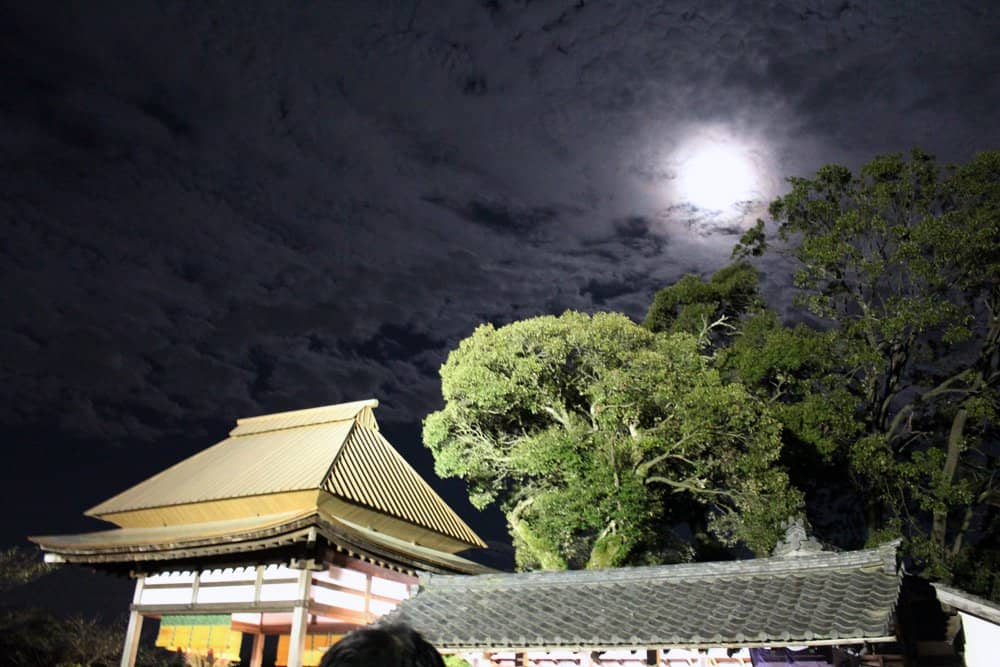
Highlights
Discover the most iconic attractions and experiences

The Tale of Genji's Birthplace
Main Hall
Stand where Murasaki Shikibu was inspired to write Japan's most famous novel. A truly literary pilgrimage.

Tahoto Pagoda
Temple Grounds
Admire Japan's oldest and most elegant two-story pagoda, a masterpiece of architecture.

Seasonal Blooms & Foliage
Throughout the Temple Grounds
Experience the 'Flower Temple' with vibrant plum blossoms or breathtaking autumn colors.

Scenic Seta River Views
Overlooking the Seta River
Enjoy picturesque views of the Seta River, especially beautiful with cherry blossoms lining the banks.
Plans like a pro.
Thinks like you
Planning Your Visit
Embrace the Tale of Genji Connection
Seasonal Beauty & Crowd Management
Best Times
Insider Tips
from TikTok, Instagram & Reddit
🚶♀️ Wear Comfortable Shoes
The temple grounds are extensive with many stairs and uneven paths.
🌸 Embrace Seasonal Beauty
Visit during plum blossom or autumn foliage for stunning scenery.
📚 Connect with Literature
Learn about Murasaki Shikibu and 'The Tale of Genji' for deeper appreciation.
🚌 Easy Access by Bus
Local buses run directly from JR Otsu Station, making it convenient.
Tips
from all over the internet
🚶♀️ Wear Comfortable Shoes
The temple grounds are extensive with many stairs and uneven paths.
🌸 Embrace Seasonal Beauty
Visit during plum blossom or autumn foliage for stunning scenery.
📚 Connect with Literature
Learn about Murasaki Shikibu and 'The Tale of Genji' for deeper appreciation.
🚌 Easy Access by Bus
Local buses run directly from JR Otsu Station, making it convenient.
🏞️ Explore Beyond the Main Hall
There's much to explore; don't rush and discover hidden spots.
What Travellers Say
Reviews Summary
Visitors consistently praise Ishiyama-dera for its serene atmosphere, stunning natural beauty, and rich cultural significance, particularly its connection to 'The Tale of Genji.' Many find it an underrated gem compared to more crowded Kyoto temples, offering a peaceful escape with beautiful seasonal scenery. Some note the presence of peacocks in enclosures as a minor concern.
"I went early on a rainy Sunday (Oct 26, 2025). Few people were there at around 9 AM: serene, beautiful and soul-satisfying — a wondrous wander for this first-timer.
Entry fee Y600, a short walk beyond the Main Gate.
Well-maintained paths throughout the park-like precinct.
Beautiful buildings worthy of their national patrimony designation.
No crowd — I was mostly alone during my wandering.
Truly worth a visit.
I can imagine the whole place being even more beautiful when all the maple trees turn color in a few weeks. Spring time should also be lovely with their multiple plum groves in the precint."
Joe Poblador
"This is a beautiful temple with many walking paths. It's definitely worth spending a few hours there. I went on a sunny warm November Sunday (11/16/25) and there weren't many people there. There are also nice snack places just outside the temple."
Nikki Sigurdson
"This is most scenic temple in Otsu and one of the most beautiful in Japan. It has many Sakura trees and many scenic spots. Only sad part is they have Peacocks in a small enclosure. I urge to set them free. On the way there’s a canal which is equally beautiful with Sakura lined up."
Manpreeth Nishter
What People Like
What People Dislike
Frequently Asked Questions
🚇 🗺️ Getting There
From Kyoto Station, take the JR Tokaido Line to Otsu Station (approx. 10 mins). From Otsu Station, you can take a local bus directly to Ishiyama-dera Temple (approx. 20-30 mins). Alternatively, take the Keihan Electric Railway from Sanjo Station in Kyoto to Ishiyamadera Station, followed by a 10-minute walk.
Yes, there is a parking lot available for visitors. However, using public transport is often recommended to avoid potential parking hassles, especially during peak seasons.
The most convenient way is to take a local bus directly to Ishiyama-dera Temple. The journey takes about 20-30 minutes. Taxis are also available.
Yes, you can take the Keihan Electric Railway Ishiyama Sakamoto Line to Ishiyamadera Station, which is about a 10-minute walk from the temple.
The temple grounds have many stairs and uneven terrain, which may pose challenges for those with mobility issues. It's advisable to check with the temple directly for specific accessibility information.
🎫 🎫 Tickets & Entry
Ishiyama-dera Temple is typically open daily from 8:00 AM to 4:00 PM. It's always a good idea to check their official website for any seasonal changes or special closures.
Admission fees are generally modest. While specific prices can change, expect a small entrance fee to explore the temple grounds.
Advance booking is usually not required for general admission. You can purchase tickets at the temple's entrance.
The temple often hosts seasonal events, such as plum blossom festivals or autumn foliage illuminations. Check their website or local listings for current events.
To avoid crowds, consider visiting early in the morning on weekdays. Evenings during special illuminations can also be magical.
🎫 🏞️ Onsite Experience
Don't miss the Tahoto Pagoda (Japan's oldest), the main hall where Murasaki Shikibu wrote, and the scenic views of the Seta River. The seasonal flowers are also a major draw.
Absolutely! The temple offers stunning architectural details, beautiful natural landscapes, and seasonal colors, making it a photographer's paradise.
A half-day is generally recommended to fully explore the grounds and soak in the atmosphere. If you're a history or literature enthusiast, you might want more time.
The temple is built on a large rock formation, giving it a unique landscape. It's also deeply connected to Japanese literature and history.
The temple is literally named 'Stone Mountain Temple' due to its prominent rock formations. These rocks are integral to the temple's structure and spiritual significance.
🍽️ 🍓 Food & Dining
Yes, there are some local eateries and cafes near the temple entrance and in the surrounding area. You can also find snacks and drinks within the temple grounds.
You'll find typical Japanese snacks, light meals, and local specialties. Some visitors enjoy trying strawberry-flavored treats.
While designated picnic areas might be limited, it's best to check with temple staff upon arrival. Enjoying snacks purchased on-site is common.
Options might be limited, but many Japanese eateries offer vegetable-based dishes. It's advisable to inquire about ingredients beforehand.
This refers to a strawberry mochi, a sweet rice cake filled with strawberries and cream, which some visitors enjoy as a treat.
📸 📸 Photography
The Tahoto Pagoda, the views of the Seta River, the seasonal foliage, and the main hall with its literary connections are all highly photogenic.
Drone usage is typically prohibited at religious sites like temples to ensure peace and respect. Always check local regulations and temple rules.
Golden hour (early morning or late afternoon) offers beautiful lighting. However, the temple is also stunning on overcast days, especially for capturing its serene atmosphere.
Photography inside certain temple buildings may be restricted to protect artifacts and maintain a sacred atmosphere. Look for signage indicating 'No Photography' areas.
A versatile lens (like a 24-70mm) is great for landscapes and details. A wide-angle lens can capture the pagoda and expansive views. Consider a tripod for low-light conditions.
For Different Travelers
Tailored advice for your travel style
👨👩👧 Families with Kids
Tips for families: Wear comfortable shoes as there's a lot of walking and stairs. Pack snacks and drinks, as options within the temple might be limited. Consider visiting on a weekday to avoid larger crowds and allow children more freedom to explore.
📚 Literature and History Buffs
Beyond literature, the temple boasts significant architectural heritage, including the Tahoto Pagoda, one of Japan's oldest. The temple's construction on a large rock formation and its scenic location along the Seta River add further historical and geographical context. Dedicate ample time to absorb the historical narratives and appreciate the ancient structures.
📸 Photographers and Art Enthusiasts
Consider visiting during the golden hours for soft, dramatic lighting. The temple's connection to 'The Tale of Genji' also offers a unique narrative element to explore through your lens. Remember to be respectful of the sacred space and check for any photography restrictions within buildings.
Deep Dives
In-depth insights and expert knowledge
The Literary Heart: Ishiyama-dera and The Tale of Genji
This literary heritage makes Ishiyama-dera more than just a beautiful temple; it's a pilgrimage site for literature enthusiasts. The temple's association with the 'Eight Views of Ōmi' also adds to its cultural significance, often depicted in art and literature. The ongoing NHK historical drama 'Hikaru Kimi He' has further boosted interest in this historical connection.
To enhance your visit, consider researching 'The Tale of Genji' beforehand or picking up a guide at the temple that details its literary connections. This will deepen your appreciation for the historical and cultural layers of Ishiyama-dera.
Seasonal Spectacles: Flowers and Foliage
Autumn brings another wave of breathtaking beauty as the maple leaves turn vibrant shades of red and orange. The contrast of the fiery foliage against the ancient temple structures is a sight to behold. Many visitors specifically plan their trips to coincide with the fall colors, making it a high-crowd period but undeniably rewarding.
Beyond these highlights, the temple's natural setting, including its rock formations and proximity to the Seta River, offers year-round scenic appeal. Whether you're seeking the delicate beauty of spring flowers or the dramatic hues of autumn, Ishiyama-dera promises a visually stunning experience.
Architectural Gems: The Tahoto Pagoda
The pagoda's presence adds a significant historical and aesthetic dimension to the temple grounds. It stands as a symbol of enduring Buddhist art and architecture, drawing the admiration of visitors interested in Japanese history and design. Its intricate details and serene placement make it a focal point for both contemplation and photography.
When visiting, take time to appreciate the Tahoto Pagoda's unique structure and its historical context. It's a key element that contributes to Ishiyama-dera's reputation as a significant cultural heritage site.
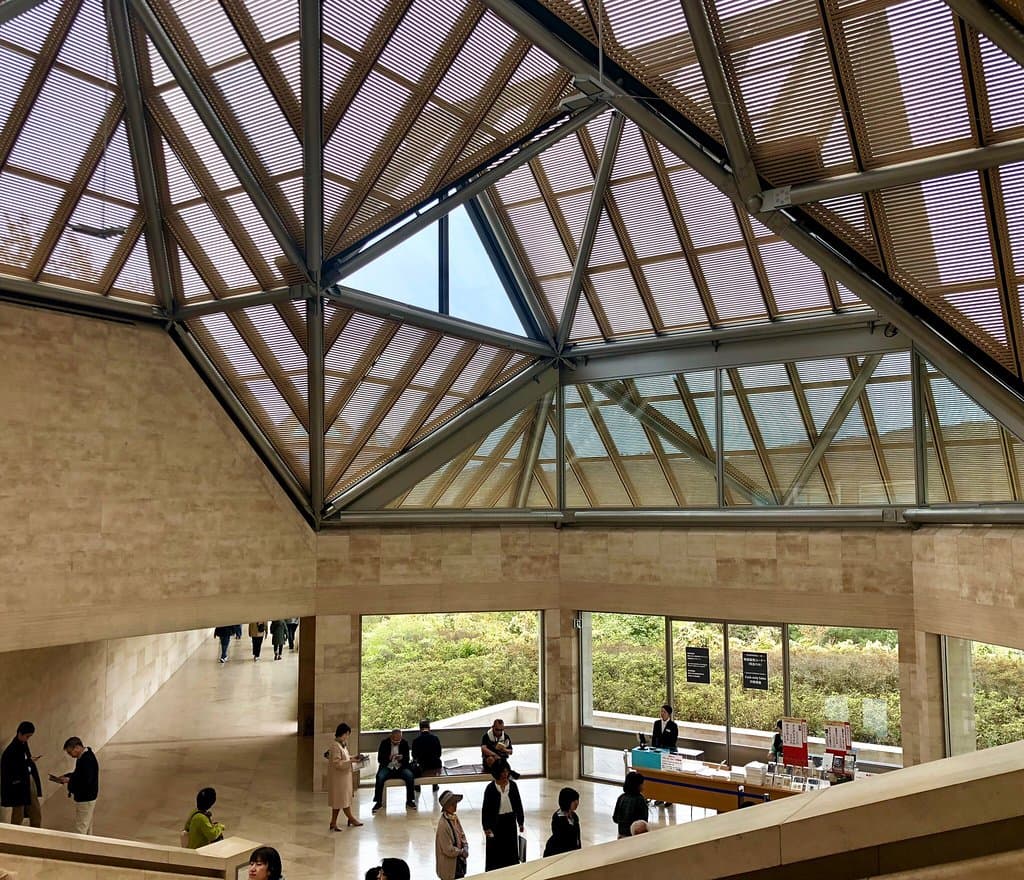




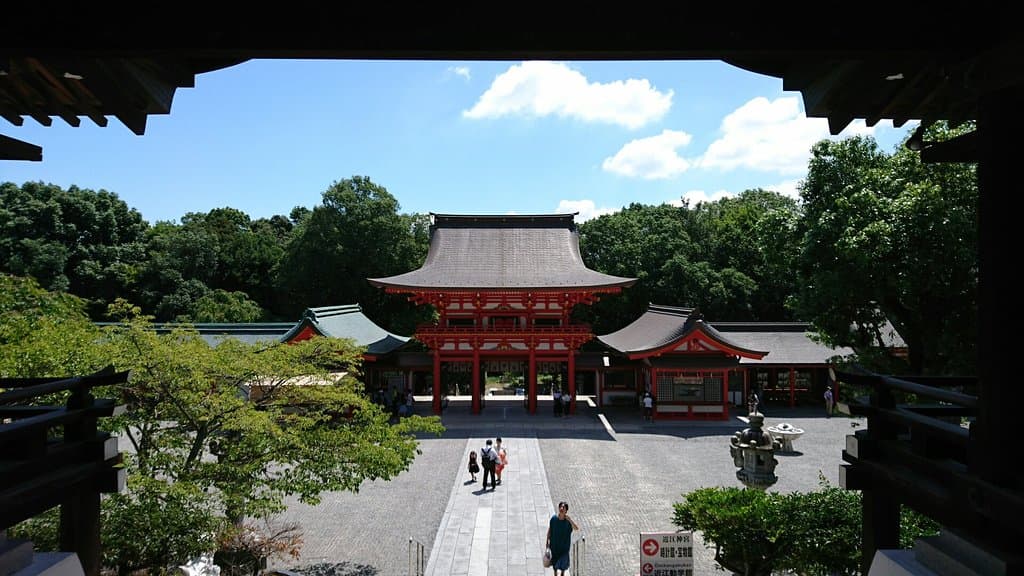
Social
from TikTok, Instagram & Reddit